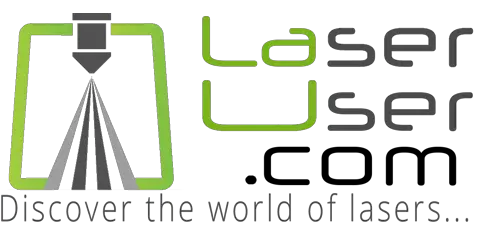The Front panel is fairly straightforward the ARM processor will be driving the display and doing the button encoding before sending data to and from the controller via a serial data bus of some sort. I didn't strip it down further as membrane switches are best left well alone when working but there is very little on the flip side of the board.
The main controller is run on two boards with one looking after the I/O to the outside world to the PC, SD card, and Ethernet and then via the Altera FPGA and TMS320 (Texas Instruments DSP) looks after the inputs and outputs from the steppers, Laser PS, switches etc. The underside of the board is mainly internal power supply and bypass capacitors for the top side. The rest of the I/C's are a mix of memory and interface controllers.
The upper side of the lower board isn't all that interesting but the left side as shown is the main DC-DC Switchmode power supply that will be dropping the 24V input to likely 5 or even 3.3V (haven't checked) to run the Controller and Front panel. The Underside is a series of reverse protection diodes and there is a bank of optocouplers to isolate the board from any nasty spikes getting to the main control IC's.
All in all well laid out and made with some very good components
If anyone has specific questions then fire away and I will do my best to answer them. When I get some clear bench I will put some power to it and add some stepper drivers and switches and look at the operation of it and what makes it start and stop and try and translate the 'is blowing' and other double Chinglish into what it is actually doing.
